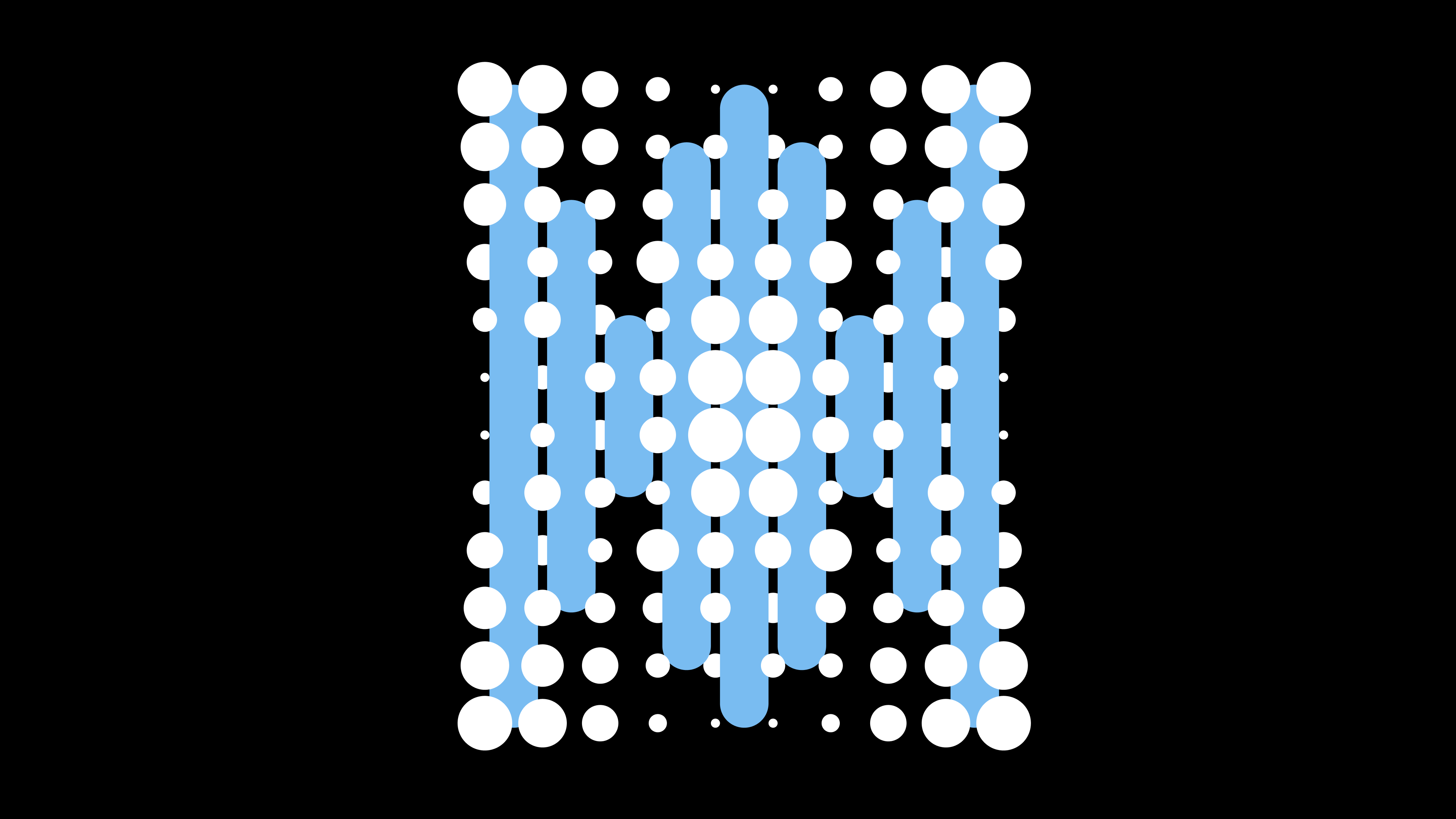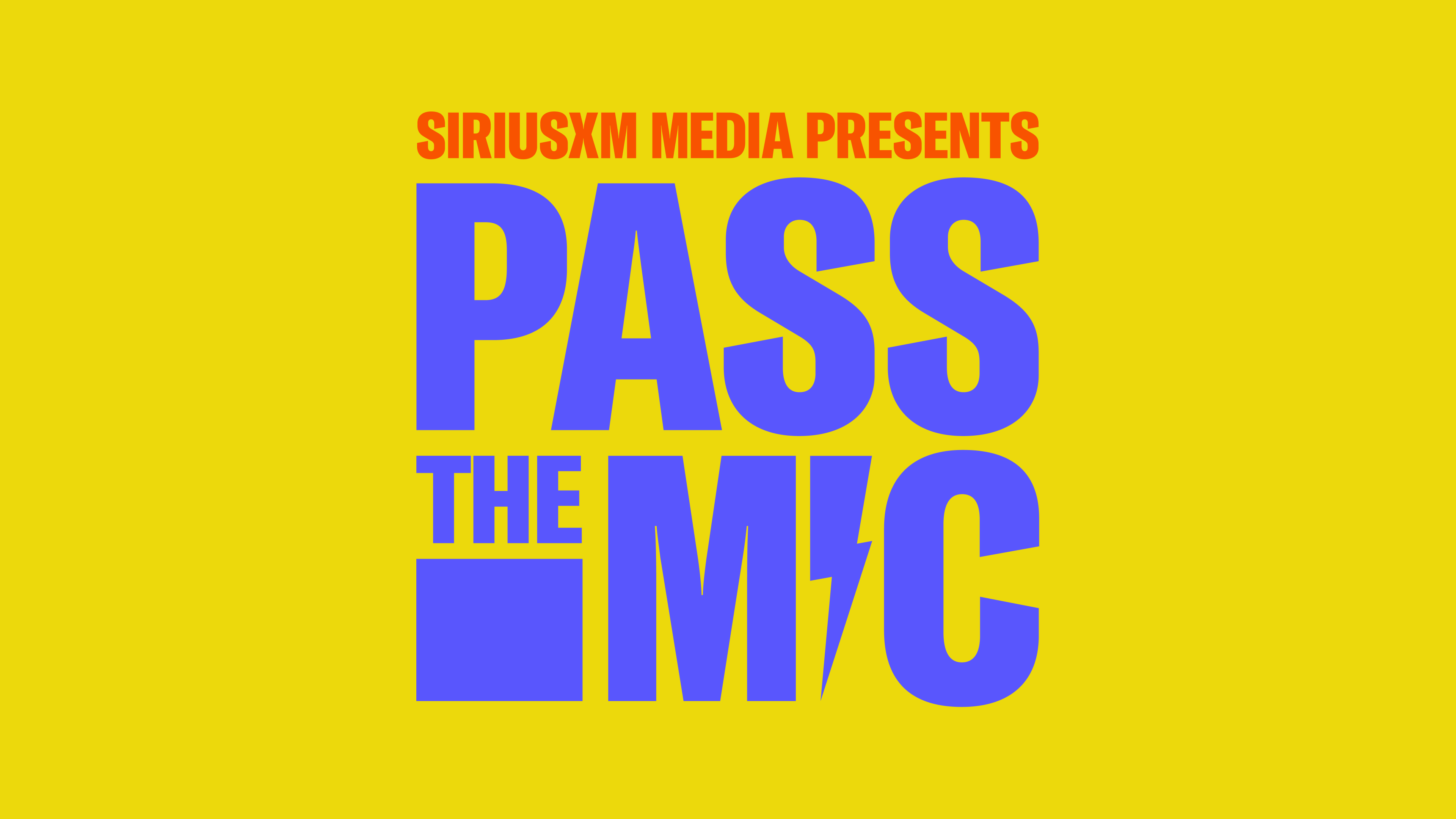It's Time to Meet the Programmatic Podcast Opportunity
Feb 16, 2023What You Need to Know:
The Podcast Universe is vast. For consumers, the never-ending library of awesome content is great. For marketers, that size and scope are both a blessing and a curse.
Programmatic helps brands safely navigate the medium. Through programmatic, the size and scope of an entire podcast network can be realized, with content and brand suitability guardrails to ensure comfort—down to an episode level.
Brands scale podcast campaigns with programmatic. SXM Media and others have developed a complementary creative strategy of using pre-produced ads, in the same creative style as host reads, allowing for plug and play across the spectrum of podcast listenership.
According to Edison, consumers are listening to over four hours of audio per day across terrestrial radio, digital streaming, podcasts, and satellite. While terrestrial radio continues to shrink, podcasts represent one of the largest areas of listener growth as consumers are finding inspiration, humor, knowledge, self-help, financial guidance, and more through the medium.
Listeners are feeding their interests—whatever they may be—through the intimate relationship that they have with their content of choice as they move through commutes, workouts, shopping, cleaning, relaxing, cooking, and road trips. Podcasts represent an intimate relationship, a focused conversation, and an opportunity for advertisers to have an uncluttered engagement with a listener.
Why is podcast ad spending not keeping up?
The podcast advertising industry has lived in a custom, host read, show-level world for years. These executions are tried and true and work well for advertisers seeking alignment with specific hosts and big shows. If your audience loves Conan O’Brien or Oprah or Ashley Flowers, these executions make a ton of sense.
Similar to audio playlists, podcasts are a reflection of our very individual interests and who we are. Why then, should the industry only focus on the 50 biggest shows? Podcasts are a by-choice journey with nearly endless programming. For consumers, that’s a never-ending library of awesome content. For marketers, that size and scope is both a blessing and a curse.
But there are thousands of premium, interesting podcasts out there—some of which are too small to stoke advertiser demand at an individual level and are frankly too hard for publishers to sell as standalones. In aggregate, however, these shows (both big and small) make up a huge opportunity. And to those of us listening to them, all content is important and impactful to our daily lives—regardless of who the host is or the size of their individual audiences.
Enter: programmatic
To simplify, brands care deeply about a few important things: transparency, scale, premium content, brand suitability, measurement, and appropriate creative. If an ecosystem can get those things right, chances are investment follows, and programmatic execution for podcasts can solve all of these goals.
We can learn a lot from streaming audio, which has become a well-worn path in a short period of time for programmatic buyers and sellers. Large streaming platforms, DSPs, agencies, and marketers have built success by embracing premium, scalable music content, rich targeting, robust measurement, and, more broadly, the power of audio and its unique place in our lives.
The streaming music programmatic ecosystem has been PMP driven, with communication between buyers and sellers on KPIs and targeting so that inventory can be curated to focus on the content and audiences that make sense. SXM Media’s goal, and the goal of other large podcast content owners, is to bring this same approach to the podcast space, which has historically been too fragmented for large brand advertisers to invest heavily in.
Goodbye, old buying and selling habits
What if instead of podcast content being show by show, creative by creative (the old way), it could be aggregated in a fully transparent ecosystem (the new way)? Your DSP could see, decide on and report out for the shows and episodes where you run.
You could apply contextual and brand suitability filters adhering to GARM and IAB standards to align with content and topics you want and avoid topics sensitive to your brand. You could manage your own allow/block lists, manage frequency across all other programmatic strategies (including podcasts), create one creative asset with customized variations, and measure everything across the purchase funnel, as well as footfall and brand suitability. That sounds pretty compelling to me.
Transparency is queen
The cornerstone for the whole ecosystem to work starts and ends with publisher transparency. When obfuscation exists, it’s impossible for buyers to determine what is good, bad, or ugly. Transparency has been near and dear to SXM Media (and me personally) as we build out our podcast ecosystem. The IAB and its constituents have also stepped up in a big way to help standardize a podcast RTB spec that contemplates transparency and other valuable criteria. Baseline transparency is accomplished when pertinent information flows through in a programmatic bid request.
For SXM Media, the publisher, show, and episode data are passed through something called the content object within a bid request. It seems pretty simple, but when that information is available, advertisers can understand exactly where they’re running—which is table stakes at every big brand, holding company, and independent agency. This information also serves as the building blocks for DSP reporting/decisioning and brand suitability measurement. Lastly, it opens the door to richer dynamic creative. Now we’re in business.
Content and brand suitability, targeted and measured
All major podcast publishers can curate groups of shows by their content category (e.g., sports, news, comedy, etc). This is a great start. The big players like SXM Media, Acast, and iHeartMedia take it a step further by leveraging transcription tools.
In essence, every episode is pushed through a speech-to-text software that uses artificial intelligence to identify topics. Advertisers can use this tool to home in on relevant content, and they can also use it to avoid specific topics that are discussed at an episode level. Both of these options help publishers make marketers feel safe in the network-level podcast space.
All this transcription and targeting is done on the publisher side—leveraging third parties like Comscore and others. But the challenge to date has been a lack of third party measurement to grade our homework on the backend. Enter companies like Barometer and Soundr who provide this service today—leveraging DSP reporting—made possible by show- and episode-level transparency. Take that CTV! Right now, this data is making its way into reports available through DSPs like the Trade Desk. These signals will soon be actionable/decisionable, putting podcast inventory curation in the hands of buyers.
Programmatic buying is great for podcasts
DSP tools expand and enhance network-level podcast campaigns through unique reach, cross-campaign management, targeting, transparent reporting, and streamlined creative execution. Real time, bid stream data highlighting IAB content category, show, and episode gives the keys to the buyers and enables the measurement we need to prove out the efficacy of the platform.
Taking an audience-based approach (which we’re all comfortable with for other mediums) unlocks scale across the spectrum of podcast listenership, instead of being beholden to single shows. With a programmatic buy, podcast execution takes its rightful place alongside social, OLV, CTV, and streaming audio in one user interface (DSP) that manages frequency and performance across mediums.
Through programmatic, the size and scope of an entire podcast network can be realized, with content and brand suitability guardrails to ensure comfort. Because of a transparent architecture, DSPs like TTD report on what you’re buying—down to an episode level.
This reporting feeds brand suitability measurement—as companies like Barometer use AI to comb through transcripts of episodes to assign them a grade. Those grades are matched to the DSP reporting output and advertisers are provided with a summary on where their ads ran and whether the content was brand suitable. This is the third-party validation that the industry needs to get comfortable. And it’s all in a clean and tidy UI that buyers are already comfortable using.
Don’t be afraid of pre-produced podcast creative
The podcast industry has been conditioned to think that creative needs to be read by a host. Again, host reads are great and should be part of a podcast strategy. But they don’t allow for multi-show execution at scale. While effective, they aren’t the end all, be all. Creative execution needs to be streamlined for scale to be realized.
SXM Media and others have developed a complementary creative strategy of using pre-produced ads, in the same creative style as host reads. This strategy allows for plug and play across the spectrum of podcast listenership. Your creative development can and should align with your podcast buying tactics. Host reads allow you to align with trusted voices for specific show buying. Pre-produced, announcer-read creatives allow for thoughtful execution and align with buying across a programmatic podcast marketplace.
Some question the effectiveness of pre-produced ads vs. host read ads. I would argue that thoughtful, pre-produced creative is just as effective when it’s appropriate for the environment and uses bid stream first- and second-party data. SXM Media partnered with Signal Hill to see if announcer-read ads are effective, and the results were definitive: announcer read ads drive lift across recall, familiarity, consideration, and purchase intent. We have always had the opinion that what is best for the listener is best for the advertiser. The big podcast players have invested a lot of time and resources into podcast content acquisition. If this whole ecosystem is to grow, we must continue to scale it, while preserving the integrity of the podcast listener experience through quality creative execution.
IAB content category, show, episode, and (thinking into the future) transcription can inform dynamic creative in real time. Dynamic creative companies like A Million Ads can build hundreds of iterations from one core creative asset and can use all that rich bid stream data to customize the creative depending on what someone is listening to. These companies plug into DSPs, so that the execution is seamless. One asset, many iterations. Easier than going back and forth on a host read script.
To sum it up
We all have an opportunity to build a new programmatic market with podcasts—less than 5% of execution is happening this way today.
SXM Media and others have set out to build a transparent, brand-safe ecosystem with ample measurement and thoughtful creative execution while harnessing the power, targeting and efficiency DSPs can bring to the table. It’s time to scale podcast investment through thoughtful programmatic execution. Let's talk.
Related Insights
 Digital Audio
Digital AudioQ & A: The Power of Audio for Retail Media Network Campaigns
Apr 24, 2024 DE&I
DE&I"Be brave and figure it out," Ritu Trivedi from Mindshare
Apr 24, 2024 Digital Audio
Digital AudioDigital Audio Makes Sports Campaigns A Slam Dunk
Apr 23, 2024 Digital Audio
Digital Audio7 Takeaways and Opportunities from the Infinite Dial Report
Apr 23, 2024



